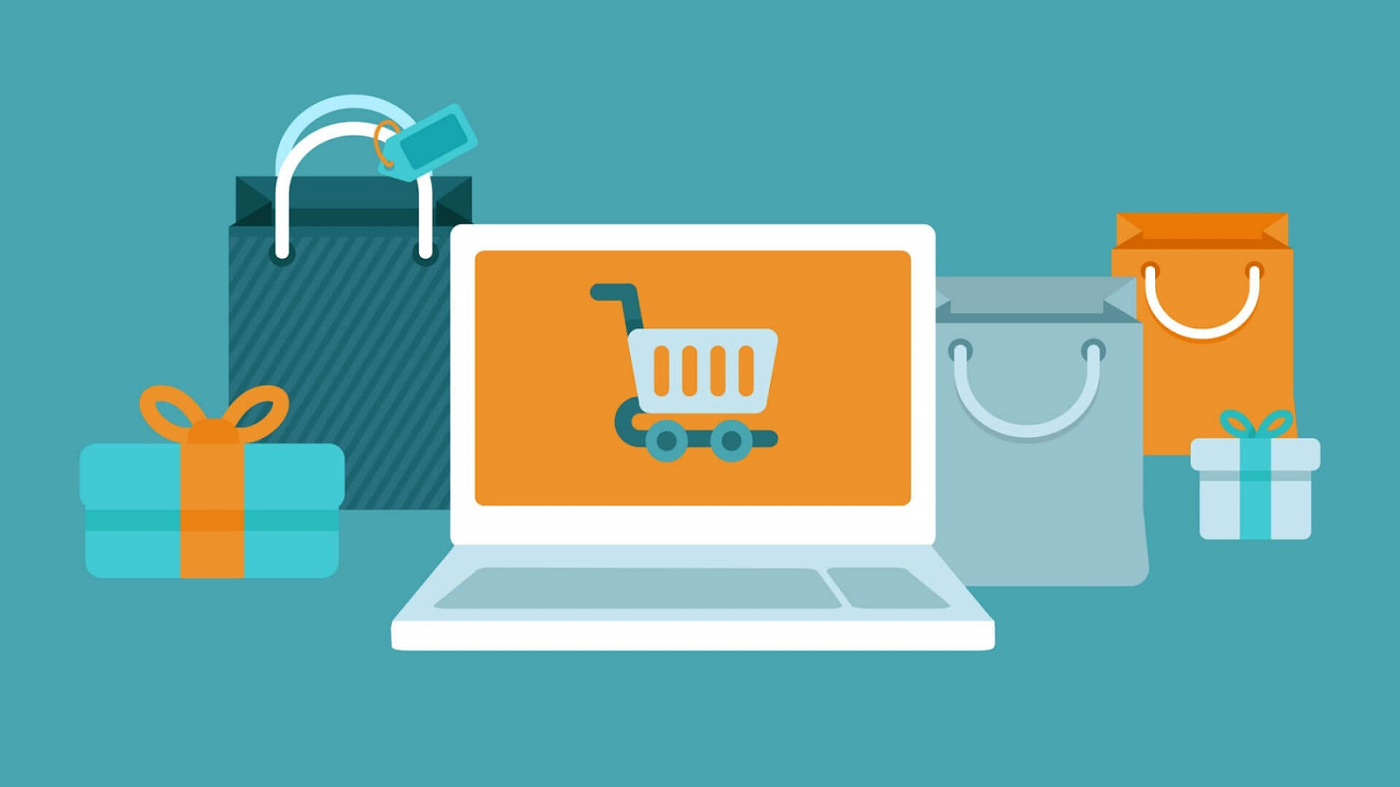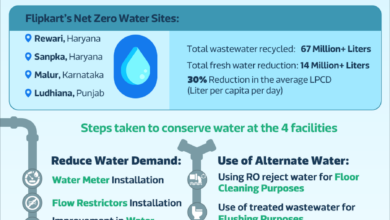How To Find A Supplier for Your Webshop

How to find a supplier for your webshop
You have written your business plan, know which products you would like to sell and to whom. But now comes the most important step: finding a webshop supplier. Without reliable suppliers, you don’t know how much you will pay for your products, how much margin you can make and how much profit you can ultimately make. A successful company knows exactly who its suppliers are. In this article we will discuss how to find good suppliers for your webshop:
How do I find a supplier for my webshop? The step-by-step plan:
- Start making choices
- Search for suppliers – Tips!
- Make agreements with multiple suppliers
- Ask these questions to the suppliers
- Request a quote and trial shipment
This step-by-step plan has not changed due to the corona crisis, but you must take into account a number of things in these times if you want to find a good webshop supplier or change supplier. More about this in the section: ‘Webshop suppliers during COVID-19’.
- Start making choices
To make it easier to find a webshop supplier, it is important to make choices about your product. You can make choices based on market research, by considering between importing or trading locally, and choosing between dropshipping or having all products in stock.
Marketing research
Do market research to get a better idea of your product and your potential customers. Answer questions such as: how often do customers need your product, how do customers want the product delivered, and how much are customers willing to pay for your product? Then compare this information with that of your competitors. How much does your product cost with them, what are their shipping options, what services do they offer, etc? Now you can decide what your USPs will be, and you can put them at the top of your wish list when looking for a webshop supplier.
Import or buy locally?
When looking for a webshop supplier, it is important to determine whether you want to import products from abroad or whether they come from Belgian soil. Popular foreign suppliers are often located in Taiwan, India, and China – due to their low cost. This leaves you with more margin on your products. On the other hand, products from Belgium are popular because they invest in their own economy and the products are of good quality.
We list the advantages and disadvantages of foreign webshop suppliers:
Advantages of foreign webshop suppliers:
- A lot of choices from webshop suppliers
- Ability to find products you can’t find locally
Specifically focused on Asia:
- Low purchasing costs
- Low investment
- Disadvantages of foreign webshop suppliers:
- Expensive shipping costs
- Long delivery time
- Language and cultural differences can complicate processes and doing business
- Import duties and duties
Specifically aimed at Asia:
- Poor quality image for many products (except electronics)
- It takes a lot of time and money to visit suppliers. This has become even more difficult due to the corona measures.
- The legal system is often not as well organized as in Belgium
- It is not always possible to communicate to your customers how your products are made and by whom.
- Exchanging products does not always work or does not go fast enough
Dropshipping or everything in stock?
Do you opt for dropshipping or do you prefer to have everything in stock yourself? Dropshipping is a shipping method in which webshops sell products without having them in stock themselves. When purchasing from a consumer, the online retailer ‘buys’ the product from a third party who ships it directly to the consumer. It is an accessible way to get started with eCommerce. You don’t need a storage place and you don’t have to buy any products.
But there are also disadvantages to dropshipping. In this way, you relinquish control of the shipment and it is not always clear who is responsible if the package is returned. Also, a dropshipping supplier gets a percentage of your profit. When you manage your stock yourself, you don’t have to pay anything. Whichever option you choose; make clear agreements with your webshop supplier about who is responsible for what. Curious about all the advantages and disadvantages of dropshipping?
- Search for suppliers – Tips!
There are several ways to find a supplier for your webshop. As a starting webshop entrepreneur, it can sometimes be difficult to approach suppliers or wholesalers for relatively small orders. Yet there are plenty of suppliers who do want to do this. Below are 6 tips that will help you find the right supplier.
- Smart search via Google
- Search by brand
- Buy online via a purchasing platform
- Don’t forget the offline stores
- Find your suppliers abroad
- Make use of advisory bodies and fellow retailers
- Smart search via Google
If you’ve done some research, you’ll have noticed that it’s difficult to find suppliers with a simple Google search. For example, if you want to sell clothing, searches such as ‘branded clothing supply’ or ‘branded clothing supplier’ will yield little. The reason is that the wholesalers do not focus on private individuals, but on larger companies. A search term such as ‘branded clothing wholesaler’ or ‘distributor’ could therefore be better. If you want to sell food products, for example, ‘catering wholesaler’ might be a better search term than ‘wholesale food and drink’. So think carefully about how the wholesaler itself would prefer to be found and use business jargon.
Search by brand
Instead of searching directly for wholesalers, you can also search for a brand and ask about the brand’s distribution channels. For example, ask for the contact persons in Belgium. Also state your company number and company information, so that it is clear that you are contacting from a company.
Buy online via a purchasing platform
A modern way of purchasing is via an online purchasing platform where retailers, suppliers and brands come together. You can order products for your webshop via these purchasing platforms without being tied to an order minimum. This allows you to respond even better to trends in the market.
Smart purchasing platforms , such as Orderchamp , use algorithms to find a good match between the retailer and a brand. The large network also saves on acquisition costs for brands, which means that the costs for you as a retailer are often lower than with other suppliers.
You can read more about online purchasing via a purchasing platform here: ‘ The new online purchasing for (web) stores ‘.
Don’t forget the offline stores
Not only wholesalers can be suppliers. It is of course also possible to work with an offline store that would like to sell its products online.
Find your suppliers abroad
If you want to import products or if your product is not even offered in Belgium, you can also search across the border. Many webshop suppliers abroad are located on websites such as Alibaba , AliExpress or IndiaMart .
You don’t always have to travel thousands of miles to get your products; in Germany, start-up purchases are in many cases not as high as in Belgium, where they can run up to 10,000 euros!
Make use of advisory bodies and fellow retailers
Many people know more than one. Don’t be afraid to ask fellow retailers where they buy their products. For example, you can ask this question in Facebook or Linkedin groups where retailers are active. Some retailers have no problem sharing this information.
In addition to checking with colleagues and looking up on the Internet, there are several advisory bodies you can consult:
- Industry associations: they often have lists of suitable suppliers.
- Retail fairs: There are several national and international retail fairs where you can meet reliable suppliers. Now that physical fairs are temporarily not possible due to COVID-19, a number of fairs will take place online.
- Make agreements with multiple suppliers
Contact the most interesting suppliers to make an appointment. It may be wise to compile a list of about 40 suppliers, depending on how extensive your range becomes. There is a good chance that there will then be about 5 potential suppliers left. Now is the time to approach the suppliers.
- Ask the suppliers these questions
Ask your suppliers these questions to find out if they are right for you and your business:
- Is everything available from stock?
- What is the minimum order amount and quantity?
- What is the nature and size of the company?
- What are the sales conditions?
- What are the delivery conditions?
- What are the payment terms (will also be delivered on account)?
- Is the company reliable?
- How’s the service?
- What margin can I achieve with this supplier?
- When working with foreign suppliers, these questions are also important:
- Why does the supplier want to bring the products onto the Belgian market?
- What is their language skills?
- Do they have experience with foreign deliveries?
Of course, the supplier also wants to hear your plans. Questions that you should definitely be able to answer are:
- How many orders do you expect to be able to process?
- Who is your target audience?
- How do you think you can reach this target group?
- How much time do you expect to spend in your webshop?
- Why this product?
- What is your knowledge of the product and the market?
- Request a quote and trial shipment
Once you have all the answers, you can make a selection of the top 5 suppliers. Request a quote from them. If it looks good, request a sample to see if the product meets your quality requirements.
Problems with delivery
Suppliers cannot always deliver as they are used to. Ask the supplier what the current status of their shipments is and how things went in the first months of the corona crisis. This will give you a clear picture of their situation before you start working with them.
Problems with a delivery can of course always occur, especially in uncertain times like these. If you know that a product (will) go well, make sure that you can buy enough stock from your supplier – provided it is not a trend-sensitive product and you have the money and the storage. Will something unexpectedly go wrong? Then adjust your product page as soon as possible and communicate the new delivery time with the customers who have already ordered the product.
Change payment terms or (temporarily) stop orders
In these uncertain times, you may wish to have more money in your cash flow or that your products may not be selling as well as you had hoped. In that case, can suppliers change your payment term or temporarily stop your regular orders? Ask your supplier if they have established procedures for this or if they look at this per customer when it matters.
You can take these aspects into account in your consideration of choosing a supplier or switching supplier.
Author
Selena is a blogger and a guest contributor for a well-known brand that includes MESHEBLE & INTHEMARKET. In her leisure time, she plays tennis.




